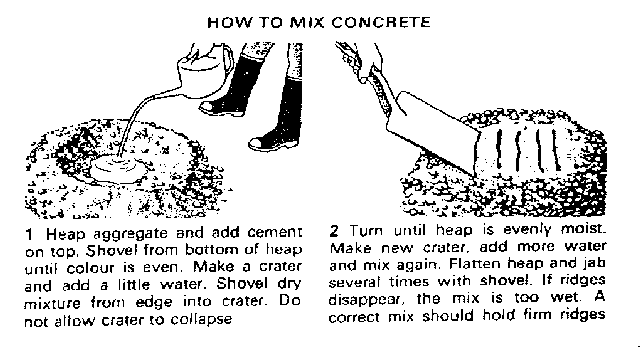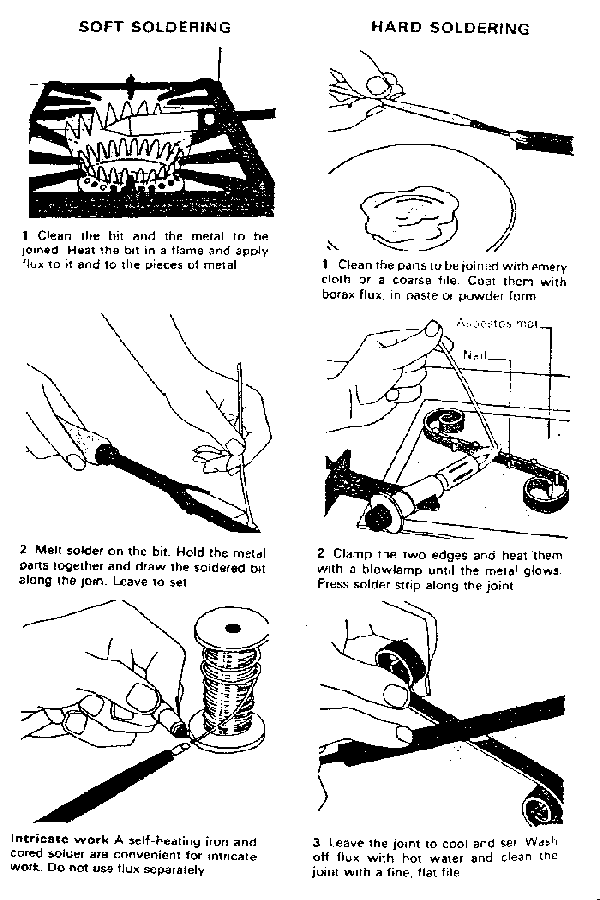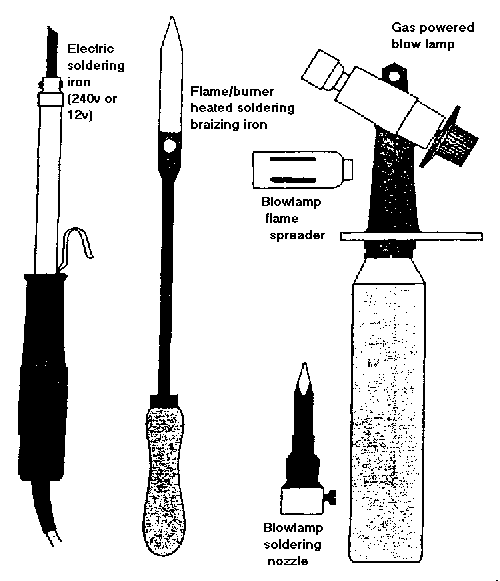10. ADVANCED TECHNIQUES10.1 IntroductionDepending upon the character of the target, it is a fairly straightforward matter to plan a schedule of work to effectively disable a site or facility. So far much of the detail in volumes I and II has considered using tools to disable or dismantle equipment. The use of other more extreme, complex or time consuming tactics has not been considered. 10.2 Concrete(figure 38)
 Concrete can be put to very effective use. The only problem is that it is difficult to transport, is a mess to mix and apply, and it takes time to dry. The cement used for brick laying is a mixture of sand and cement powder. Concrete has small pebbles (gravel or 'aggregate') added to increase its strength. The strength of the mixture depends upon the amount of cement powder mixed into the sand or sand/gravel mix... These gives you a very basic mixture. You could increase the amount of cement powder to increase the strength, but this will progressively 'harden' the mixture so making it more brittle. You can also buy special additives for cement which will increase the speed at which it sets - these are usually based around PVA and other similar adhesives. You could mix in a small pack of wallpaper paste to get a similar effect. With both concrete and cement, if you want to stop it being split apart, you need to add some sort of reinforcement. Where space is limited, you could try using wire mesh, or just random coils of thick wire. If you are filling a space which you are sure there is only one way it could be split with a chisel or drill, you can bury steel plates or sections of angle iron in the cement/concrete. You can also inject cement mix into things. If you want to do this it is better to mix 1 part cement powder with 1 parts 'soft' sand, and add a small amount of wallpaper paste/PVA. You then need to use something like an icing piper to inject the mixture into the space. Although you can carry this mixture mixed dry, after adding water and mixing you will have to work fast as it begins to set quickly. Examples of where you can use concrete are... The main thing to remember is that concrete is only effective where it can dry properly. If there is no source of heat to drive off the water, it will set very slowly. The speed at which the concrete sets is proportional to the thickness of the concrete. Concrete will form a hard skin within two or three hours of being laid, but to properly set it takes much longer. Assume that, on an average day, for each inch thickness of the concrete, it will take four hours to dry. Adding PVA and other such compounds helps the hardening process, but if you expect the concrete to take a battering when it is discovered you will need to allow the full four hours/inch thickness for it to dry. An alternative to using a cement based concrete is to buy some 'bonding' or 'undercoat' plaster. Unlike cement, this has a much more powerful crystallisation reaction so that it sets faster. The main advantage of plaster is where you are filling watertight enclosed spaces, as the crystallisation reaction will still take place, and the heat produced by this reaction will help drive off the water. The only problem is that plaster is very soft, and so can be easily removed. This can be partly solved by using reinforcing wire and metal plates. 10.3 Soldering/braising and weldingOften with metal objects it can be useful to have a more effective method of gumming things up than superglue. If you have two pieces of metal sheet, these can be firmly fixed together using rivets. You drill a hole, insert the rivet and then use a rivet crimp to seal it up. The problem with rivets is that they are easily drilled out again - and you can only use then on thin metal sheets. Soldering methods (figure 39)
 Soldering tools (figure 40)
 With sold metal objects things get a little more difficult. If the objects are small, or they are thin, then soldering or braising is possible. First you clean the surfaces until they are shiny and free from grease. Then you bring the surfaces together and fuse them by melting a metal over them. 'Soft' soldering is used for small objects, and basically involves using a soldering iron to heat the parts, and then applying solder. Where the metal parts are more substantial you may have to use 'hard solder'. You apply the flux to the parts. Then heat using a large iron or blow torch. When the parts are hot and the flux molten you apply the solder. Soldering can be used to fuse metal parts up to 1cm thick, but beyond this it is extremely difficult to get the metal hot enough to take the solder. Also, solder joints are not incredibly strong as the solder does not have the same strength at the metal. The alternative is to use a gas or electric arc welder. This uses very high temperatures to melt and fuse the iron/steel. This joint, if properly made, has a strength near to that of the metal itself. Arc welding equipment is difficult to use for sabotage work. It is very heavy, because of the heavy copper coils inside, and there is the problem of providing a power supply. If these problems can be overcome, arc welders are fairly simple to use after a little practice. Gas welding equipment is easier to carry, and does not require a power supply, but it takes a little more skill and practice to use. Oxygen-propane systems are relatively simple to use to fuse metal. Oxygen-acetylene systems operate at higher temperatures making work quicker, and the higher temperature also enable you to cut metal more simply. Many local technical colleges run evening classes on welding and metal work. I would suggest that you attend one of these, or get a friend who knows to teach you welding, before you attempt to use welding equipment. The other option for welding/cutting metal is to use some sort of 'thermite' compound, but this is difficult to obtain, and risky to use. There are 'home-brew' alternatives using mixtures of solid fuel and oxidising agents (see the following section).
[Back to Contents]
[Go to next section]mailto:webmistress@sabotage.org goto:webmistress |